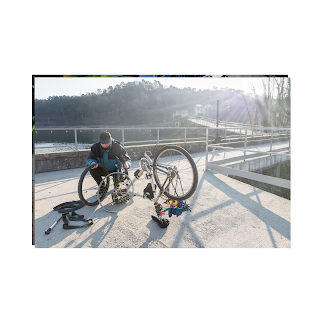Signs Seniors Should Stop Bicycling Permanently

Bicycling is a fantastic exercise for people of all ages and a great way to maintain good physical health. However, as we age, our physical abilities decline, and we may face additional challenges that can make cycling unsafe or uncomfortable. In this blog post, we will discuss when a senior should know it is time to stop bicycling permanently. It would be a terrible day for me personally if I ever had to stop cycling. It is a huge part of my life and I am afraid I would grieve the loss of it but I also know that the day will more than likely come someday that I have to put my bicycle away. These are the signs that could cause it. Signs It May Be Time to Stop Bicycling One of the most significant signs that a senior should consider stopping cycling is a decline in their physical ability. As we age, our bodies naturally experience a decrease in strength, flexibility, and balance, which are all essential for safe cycling. For example, seniors may experience difficulty getting on and off ...
.png)

.png)




